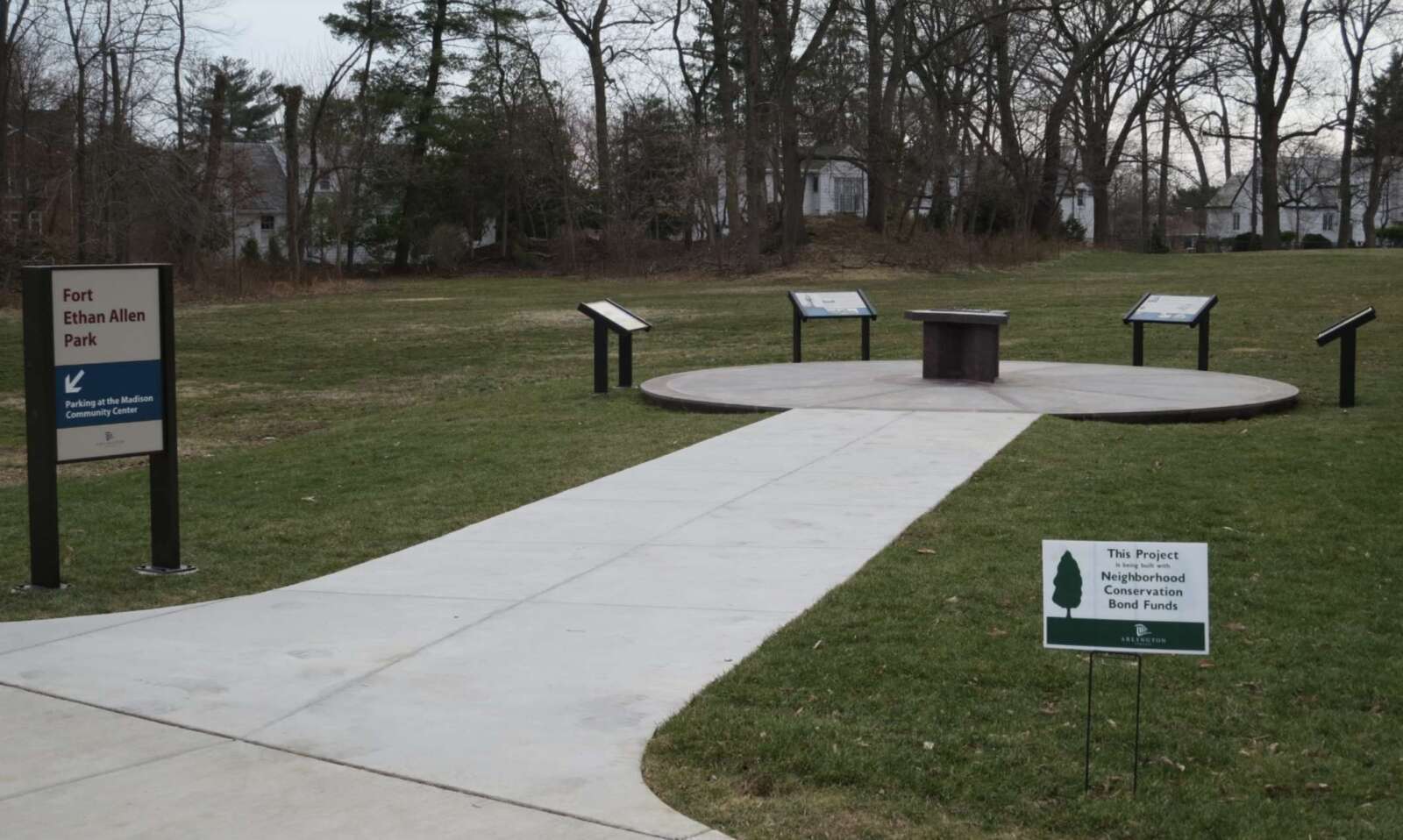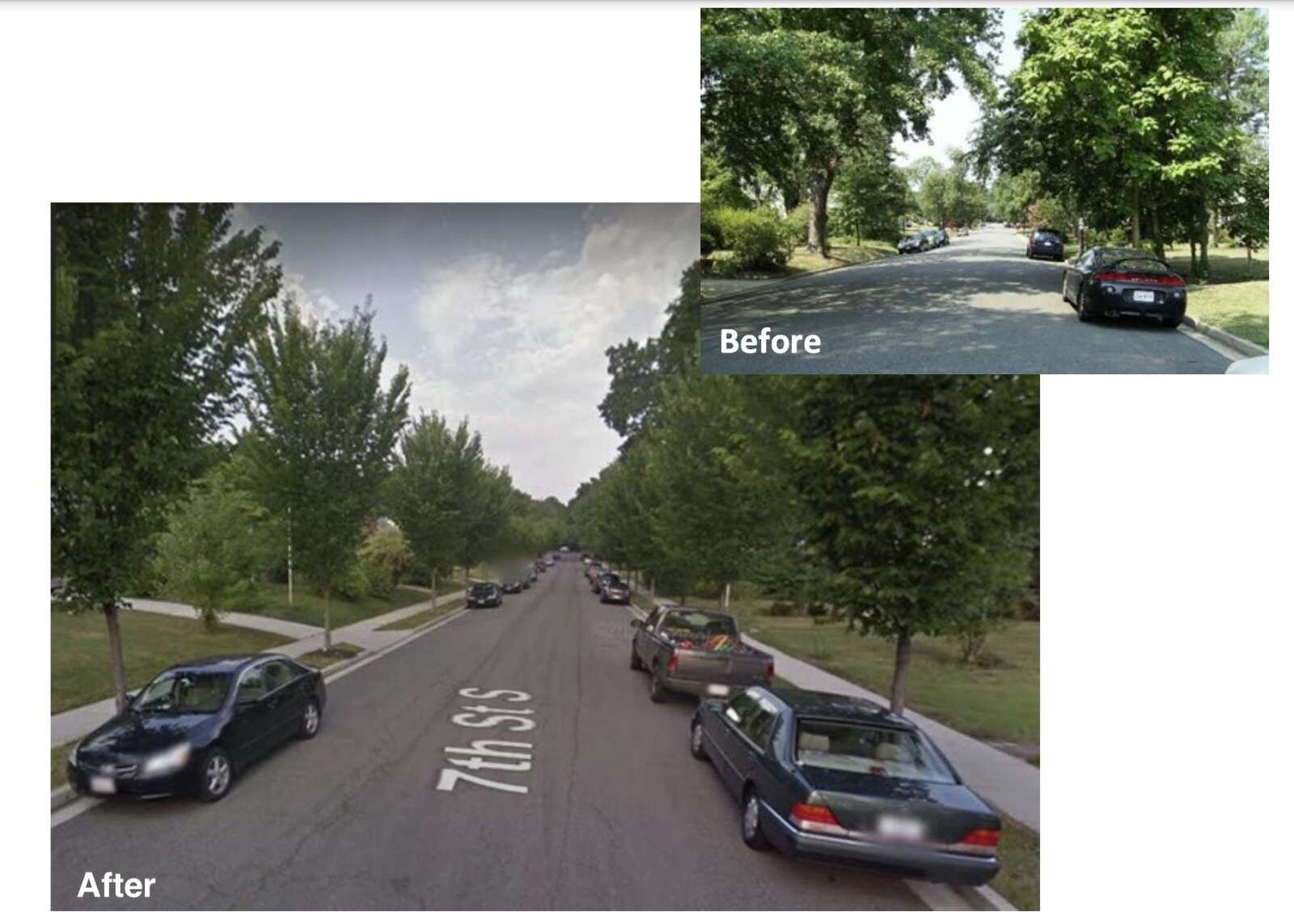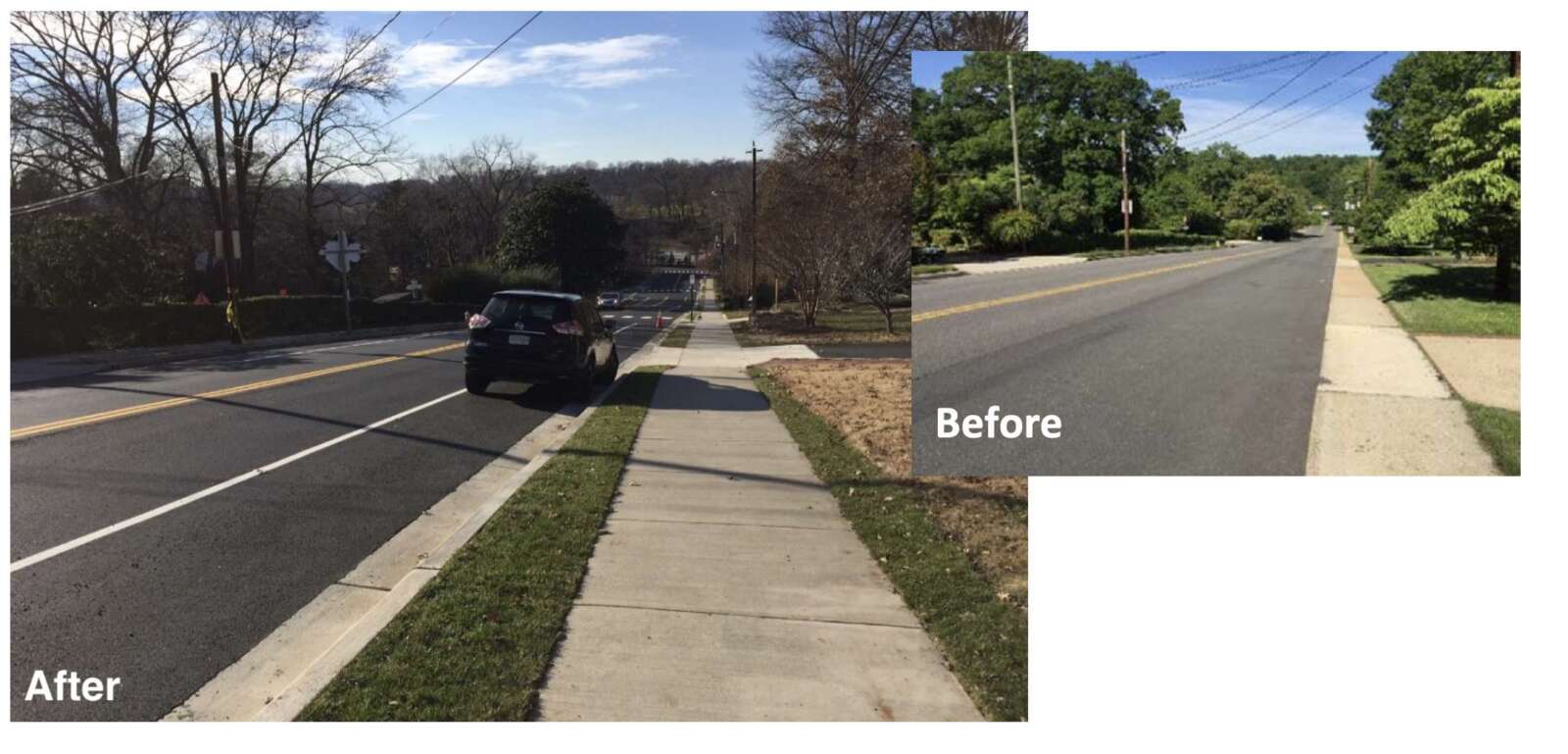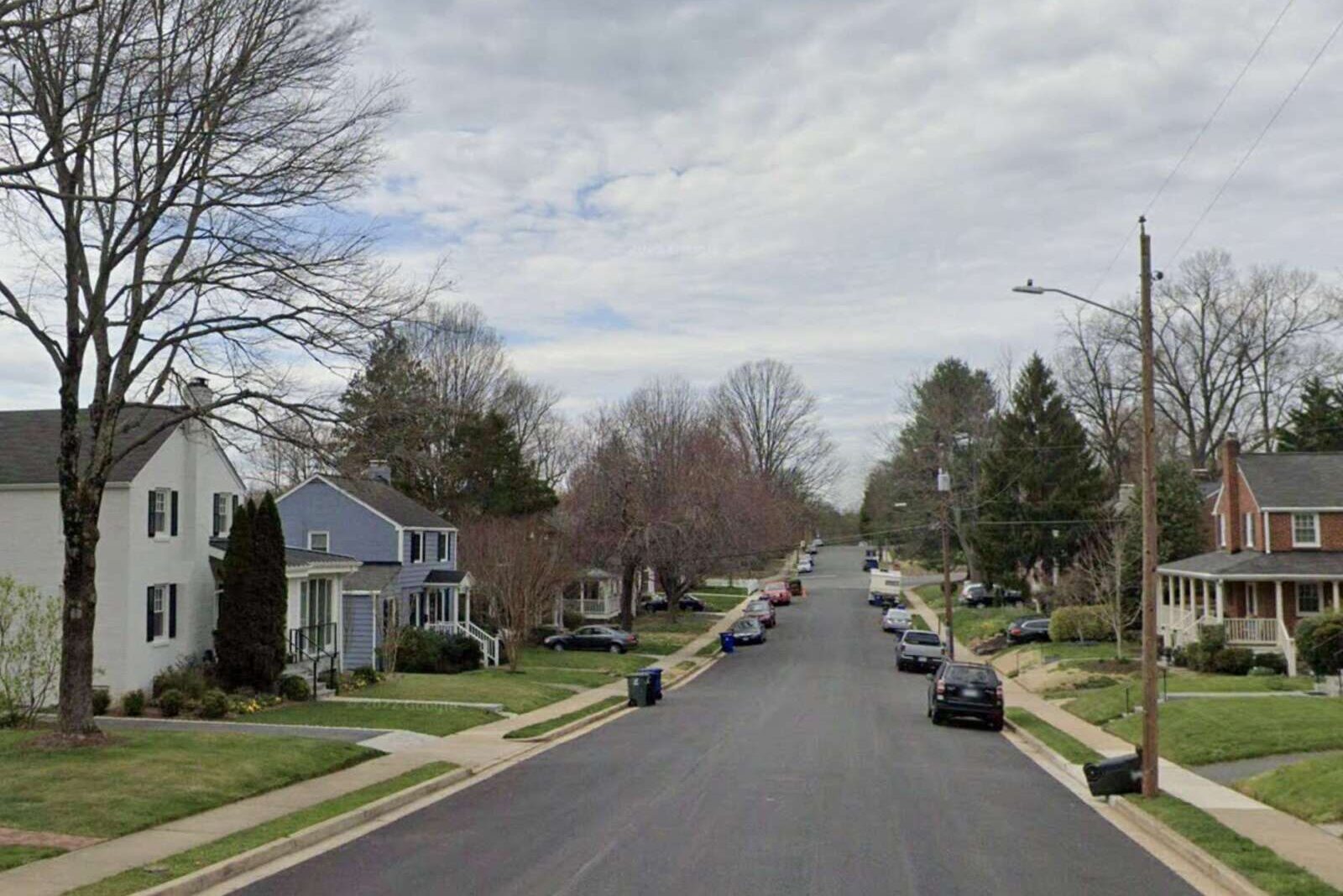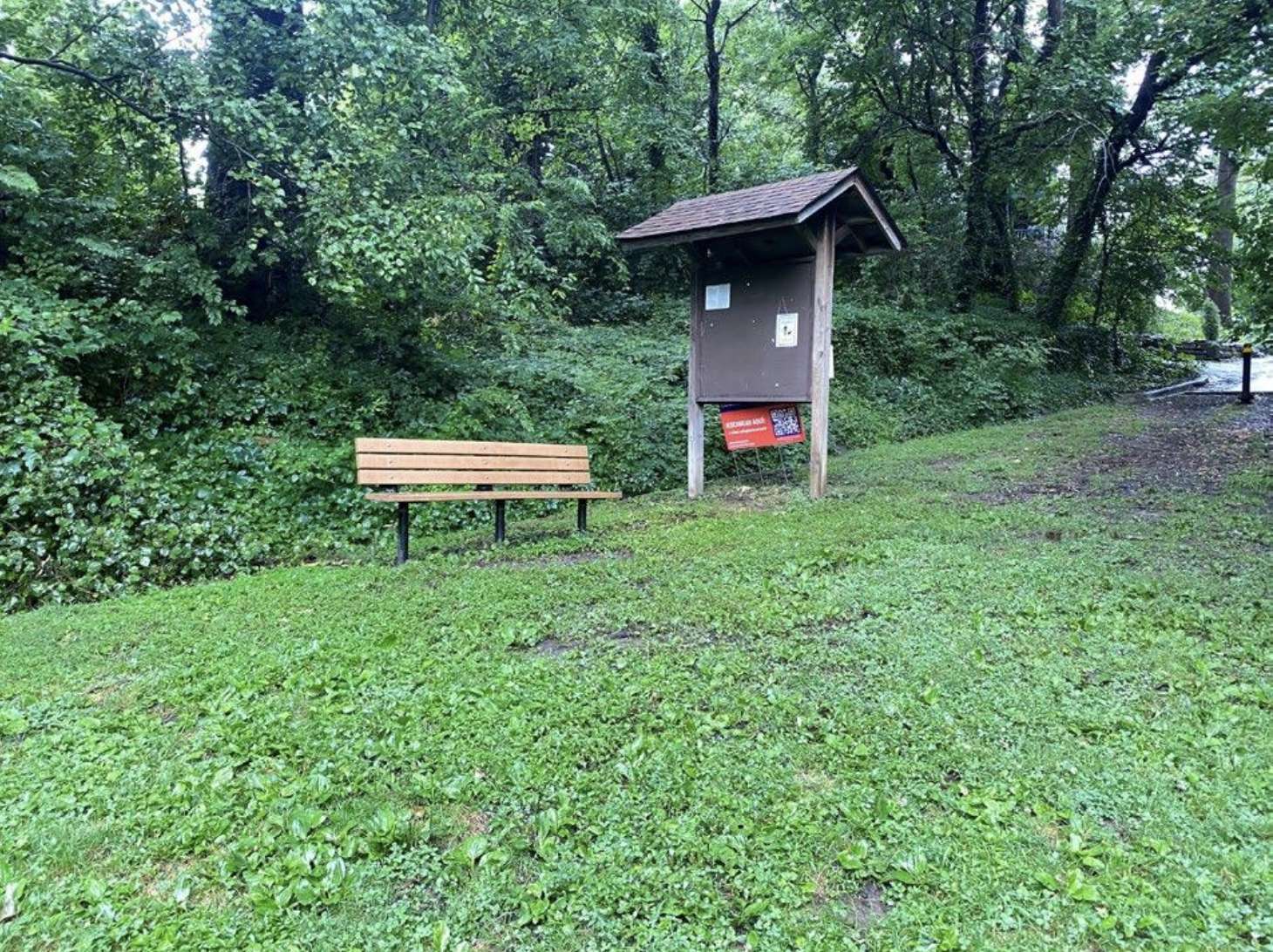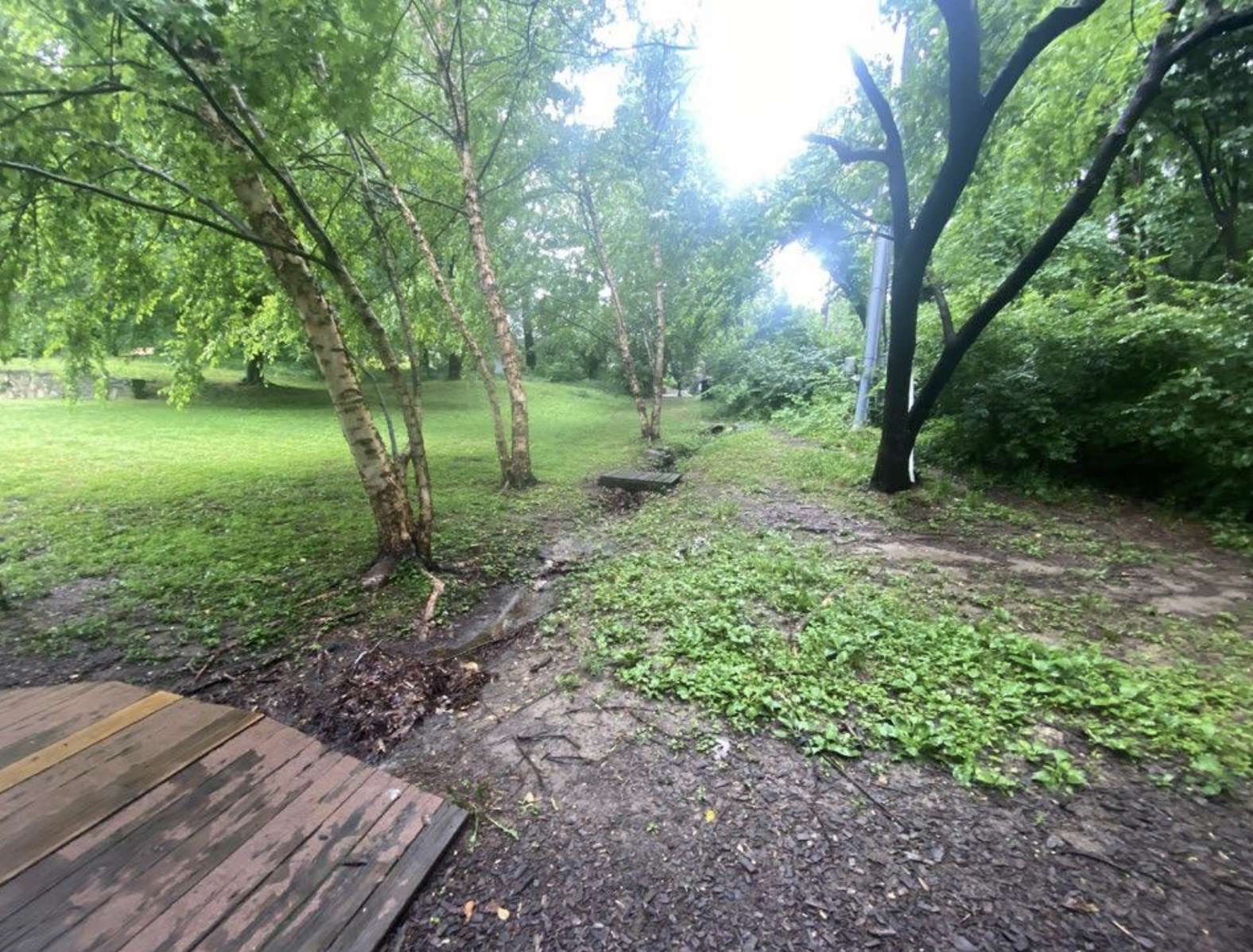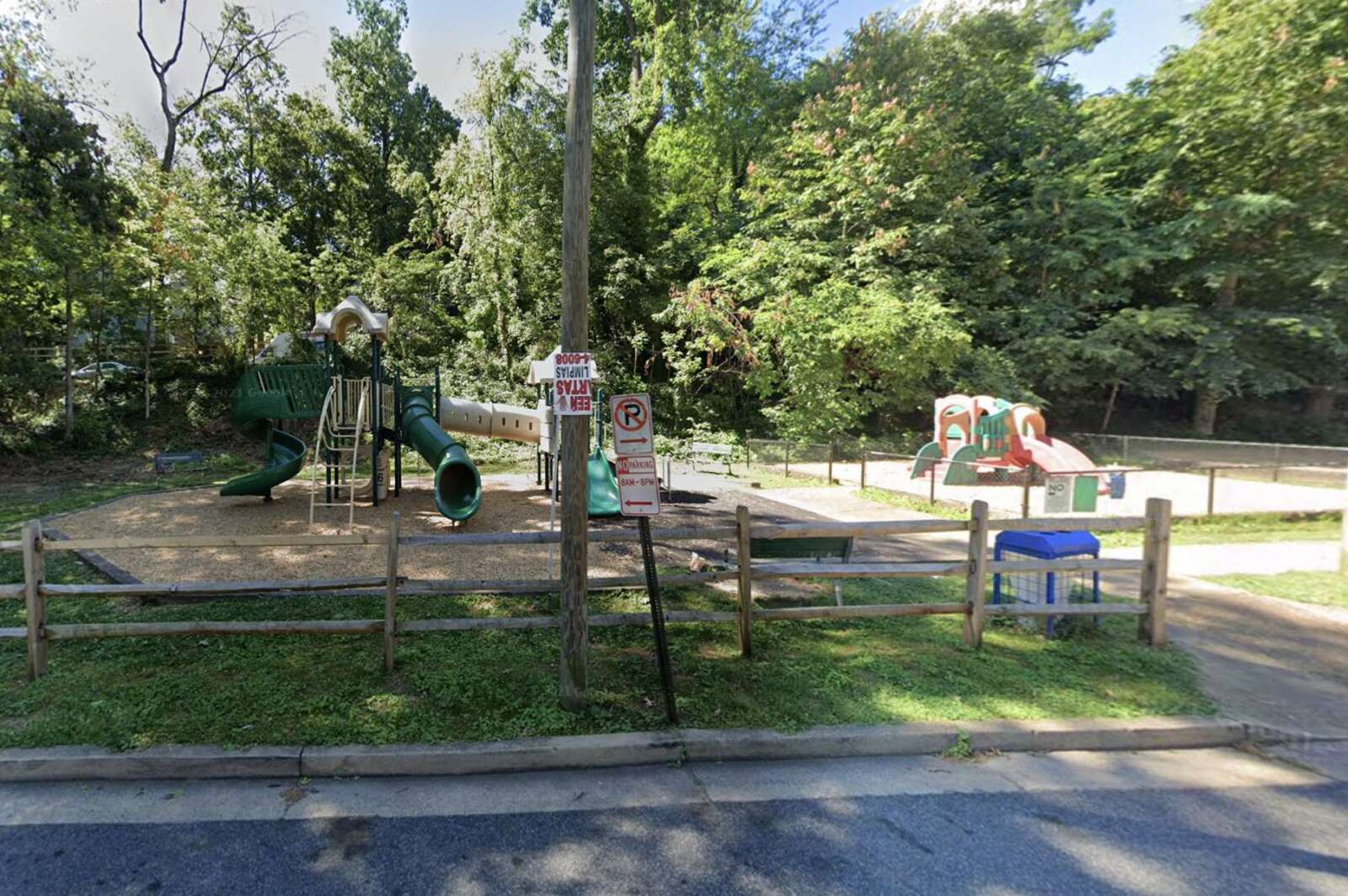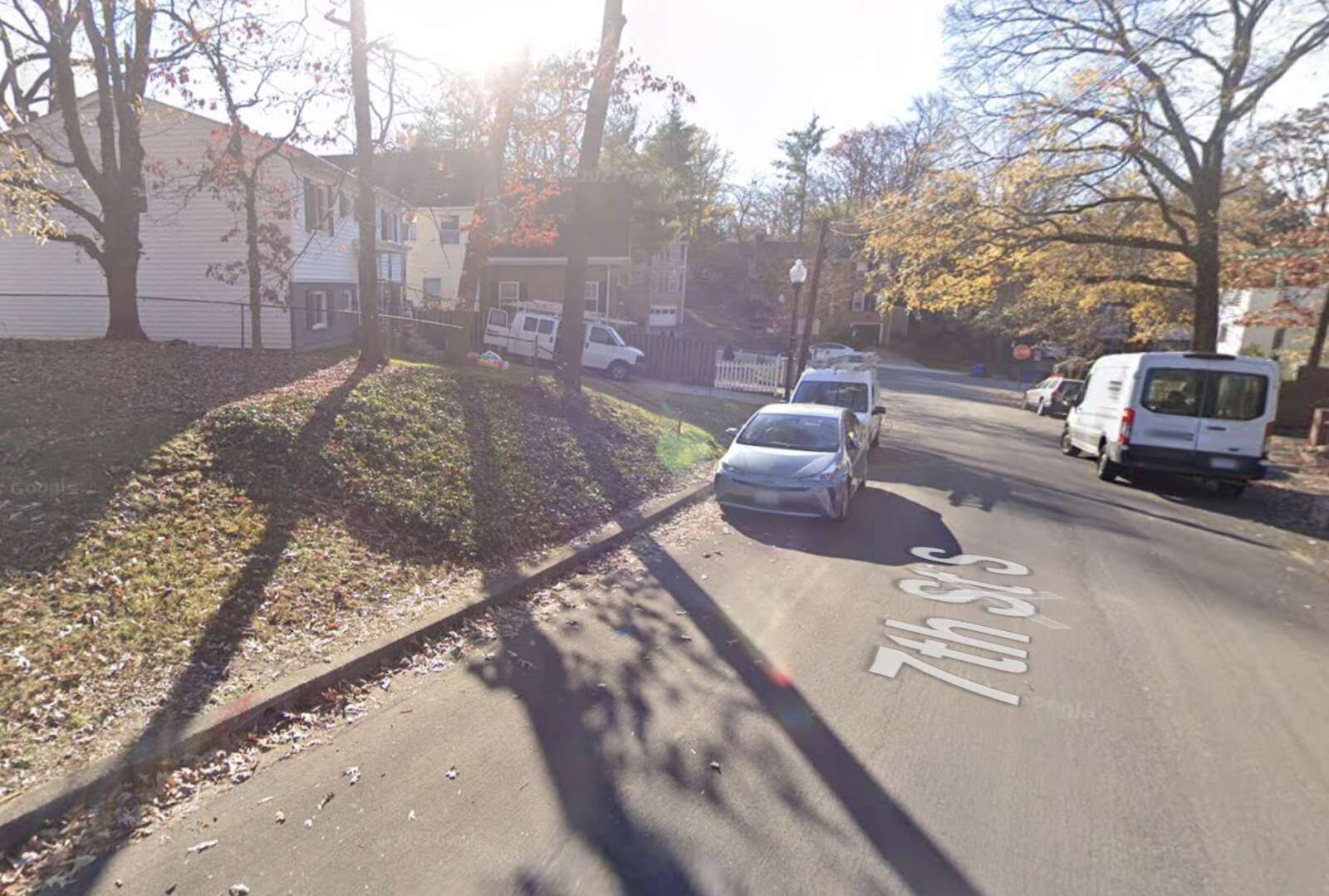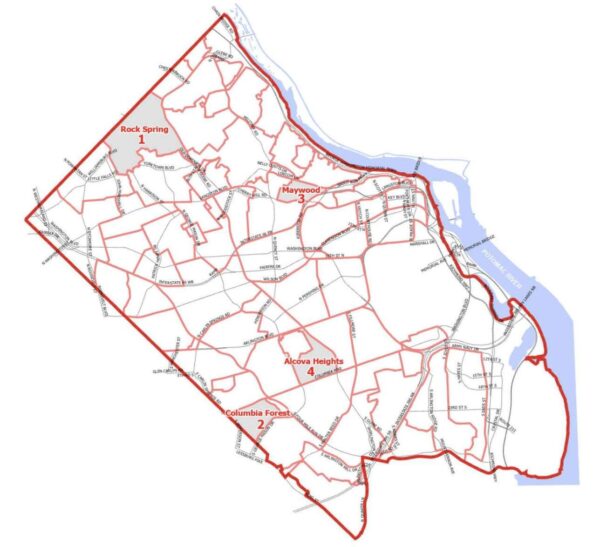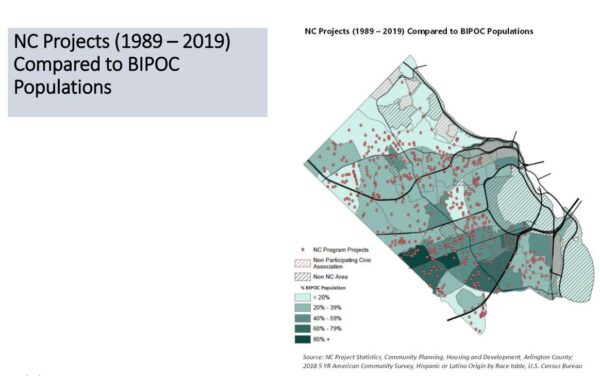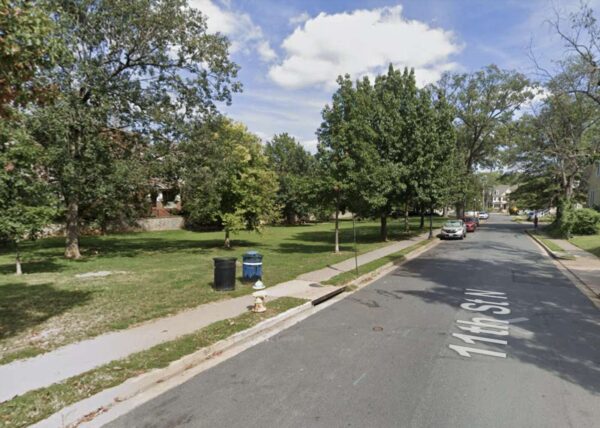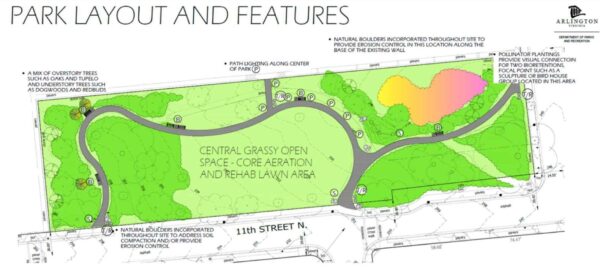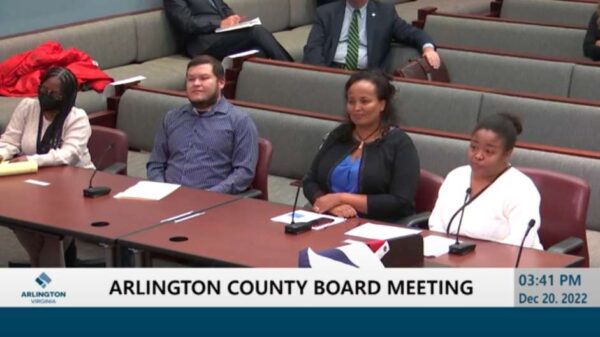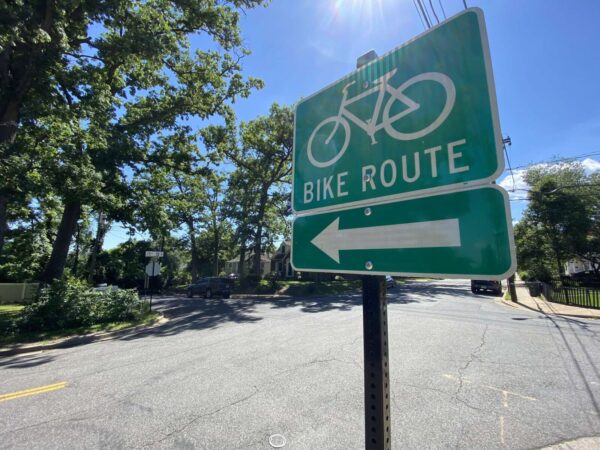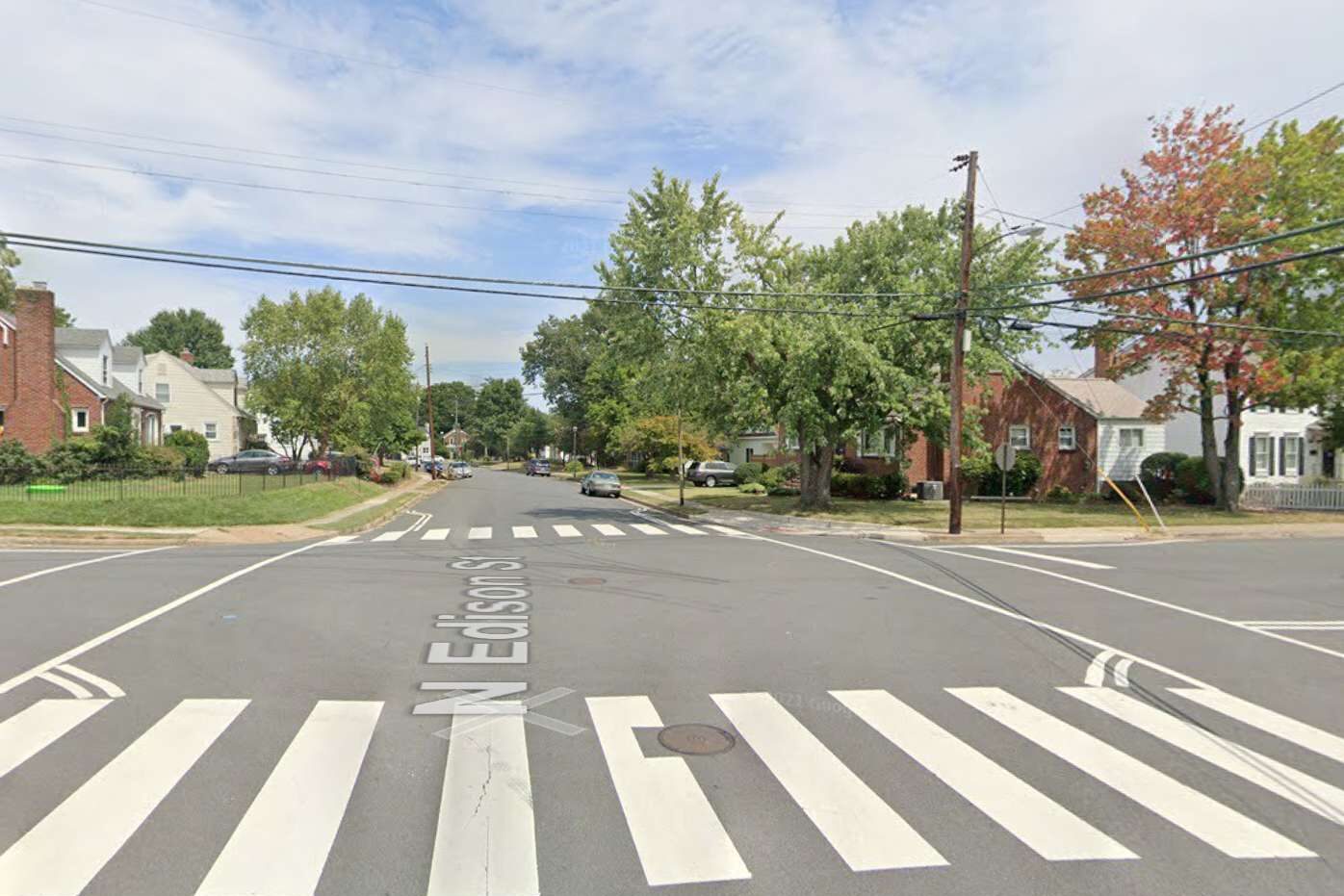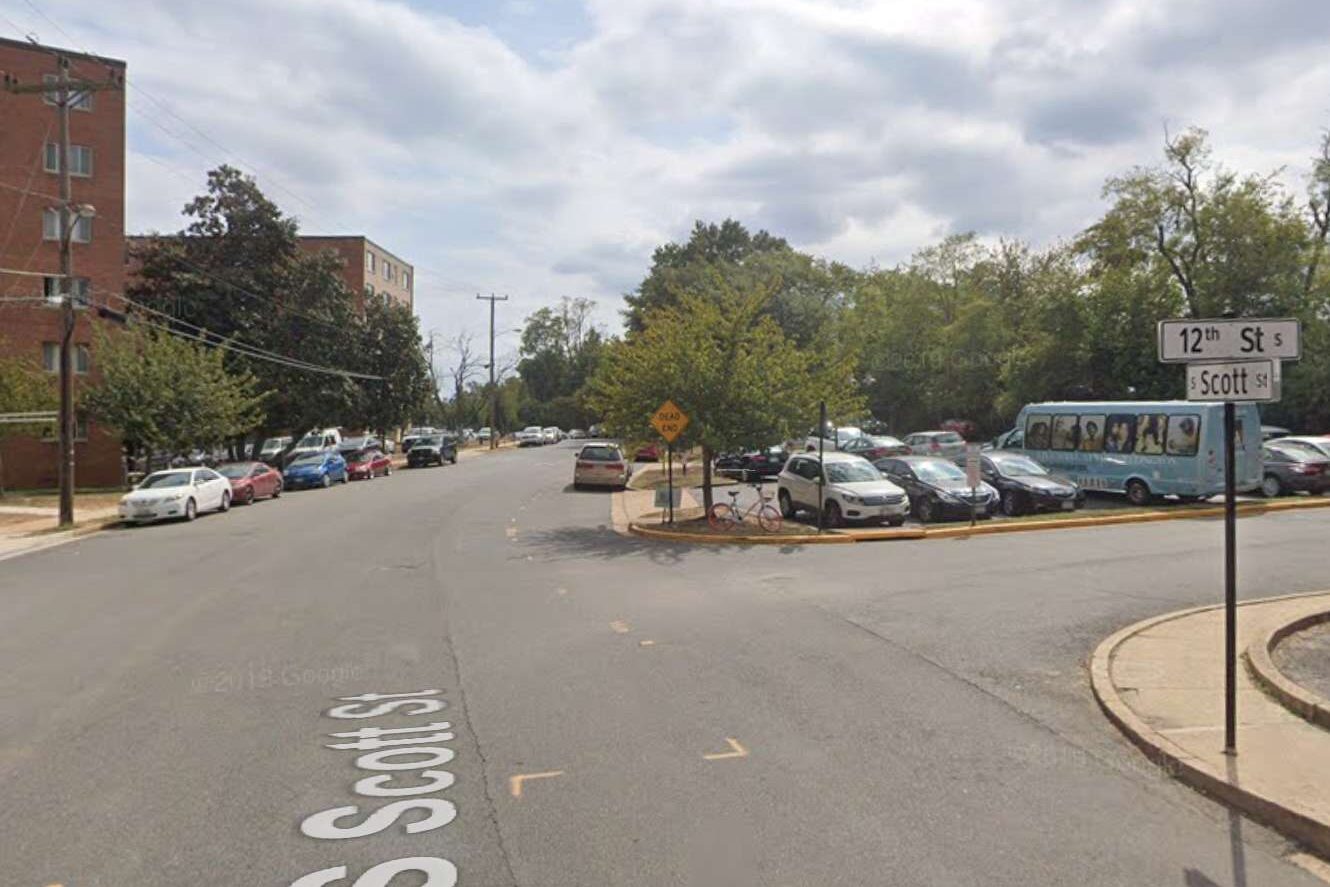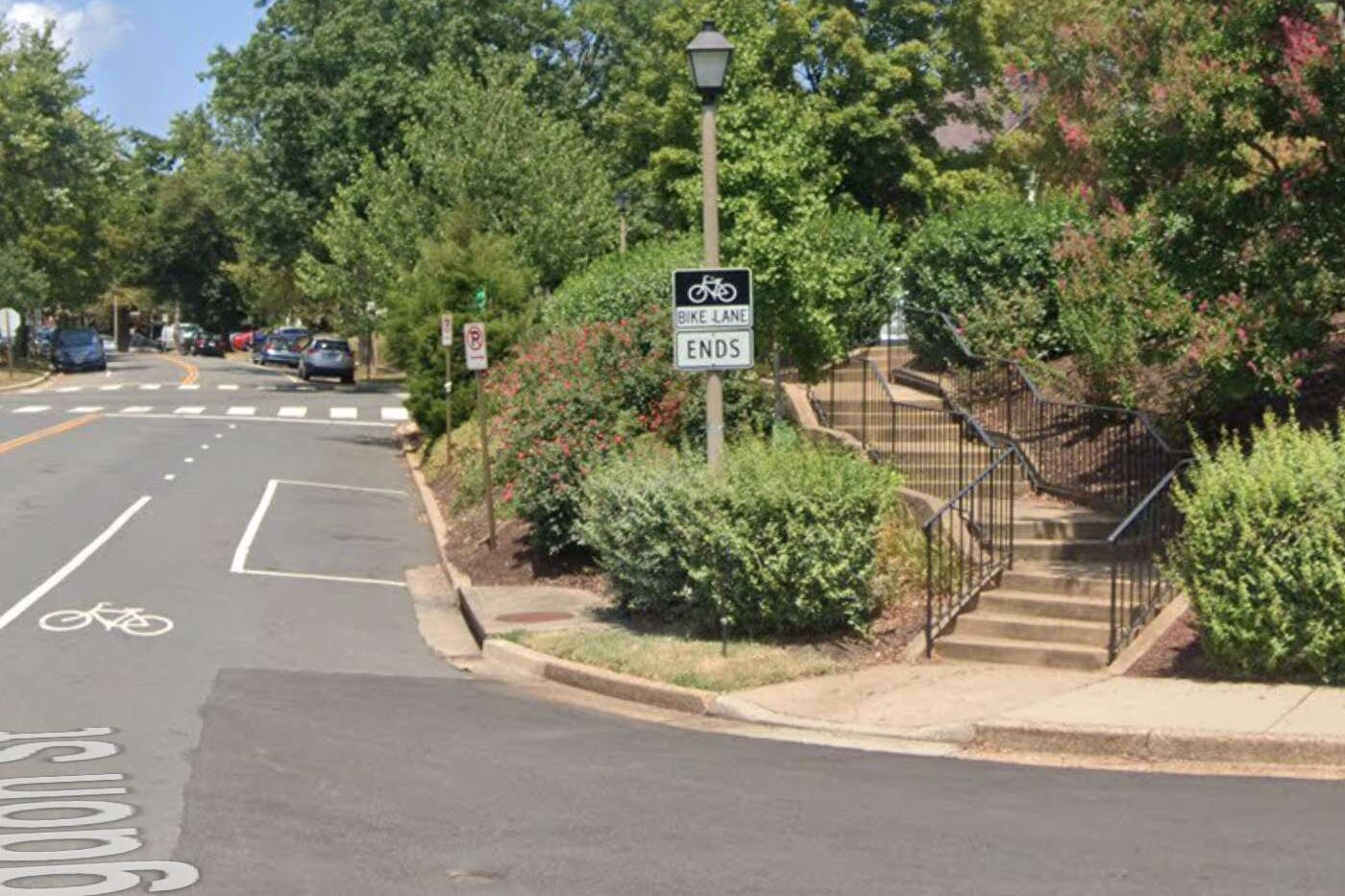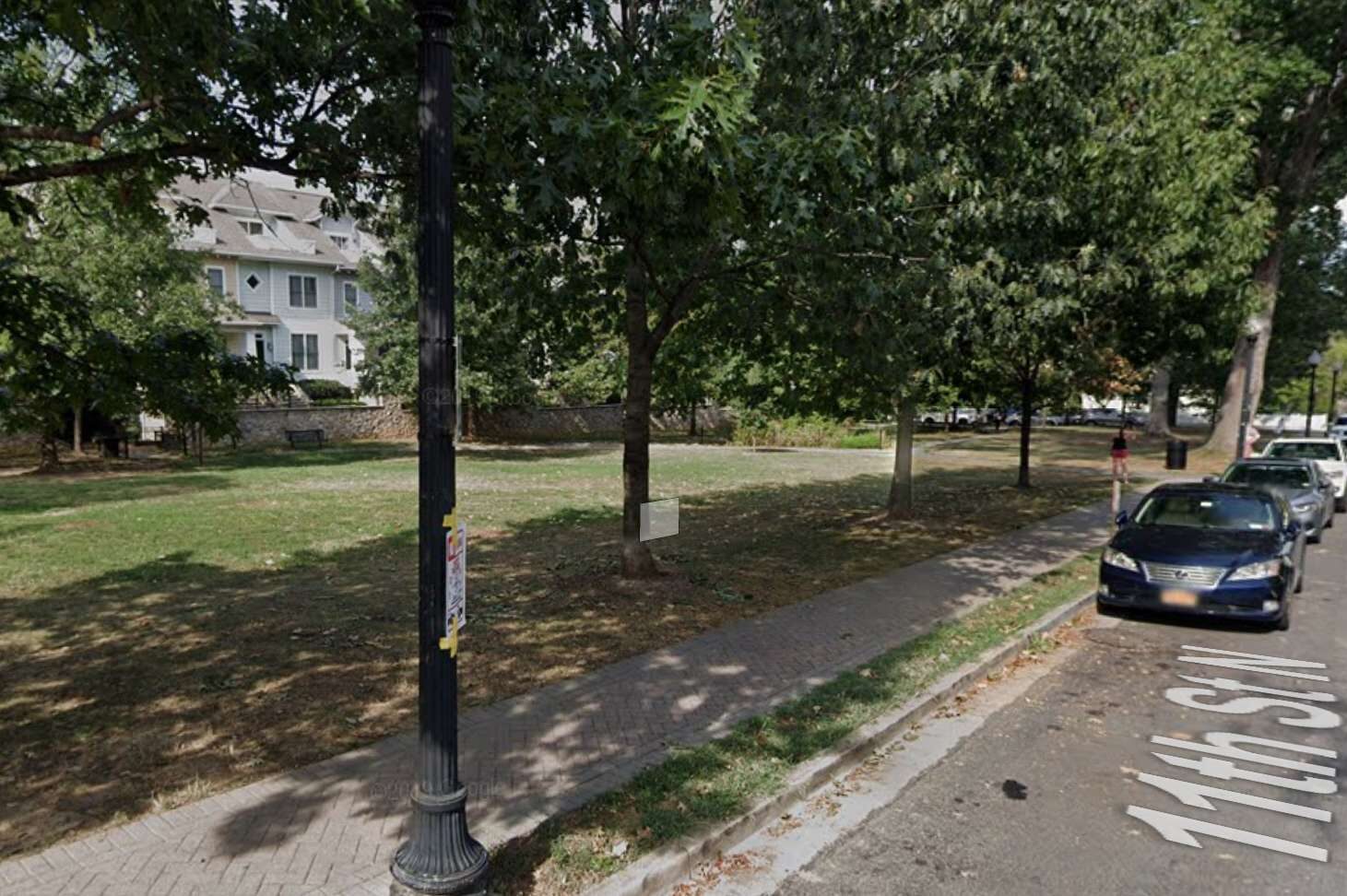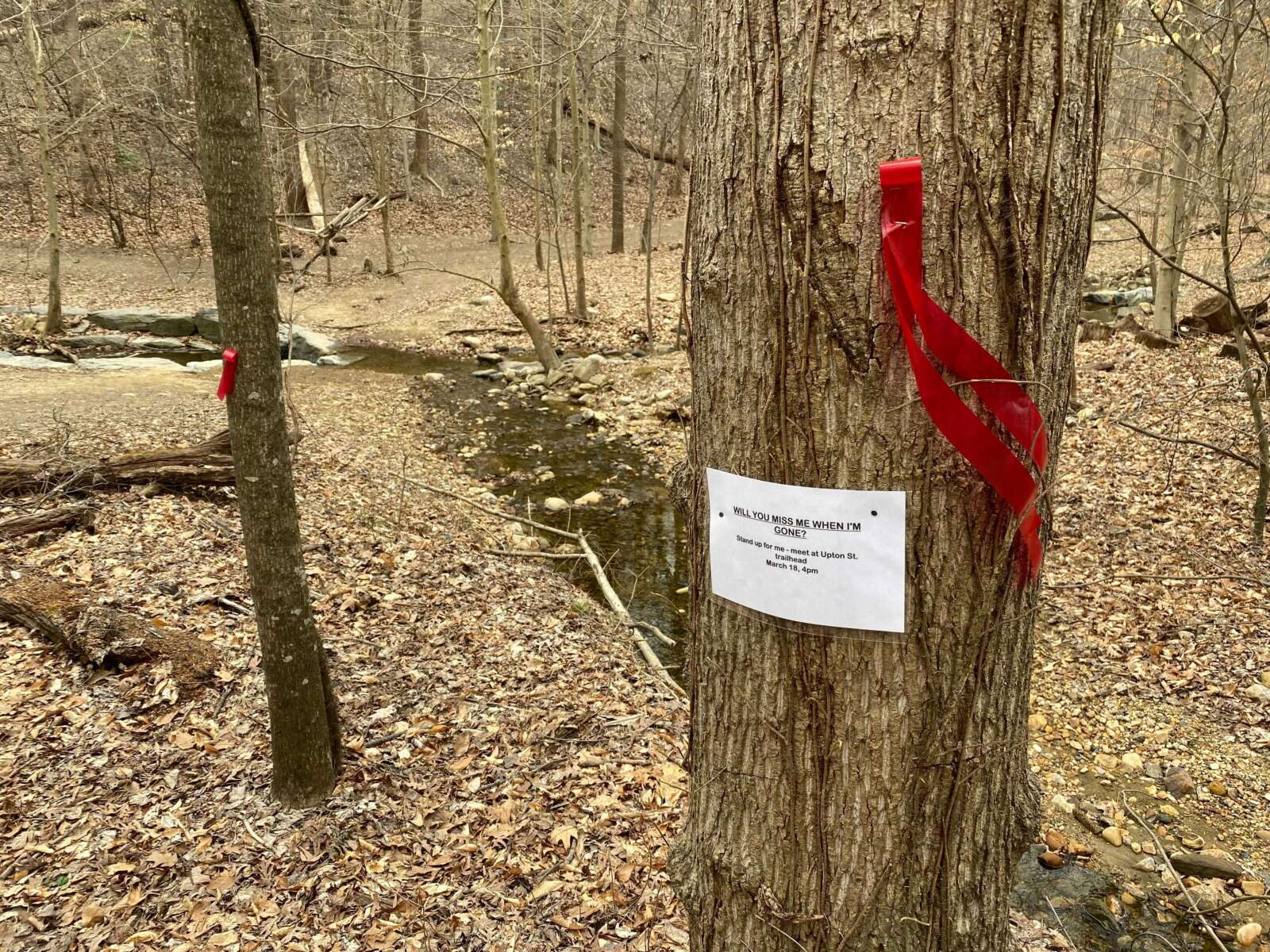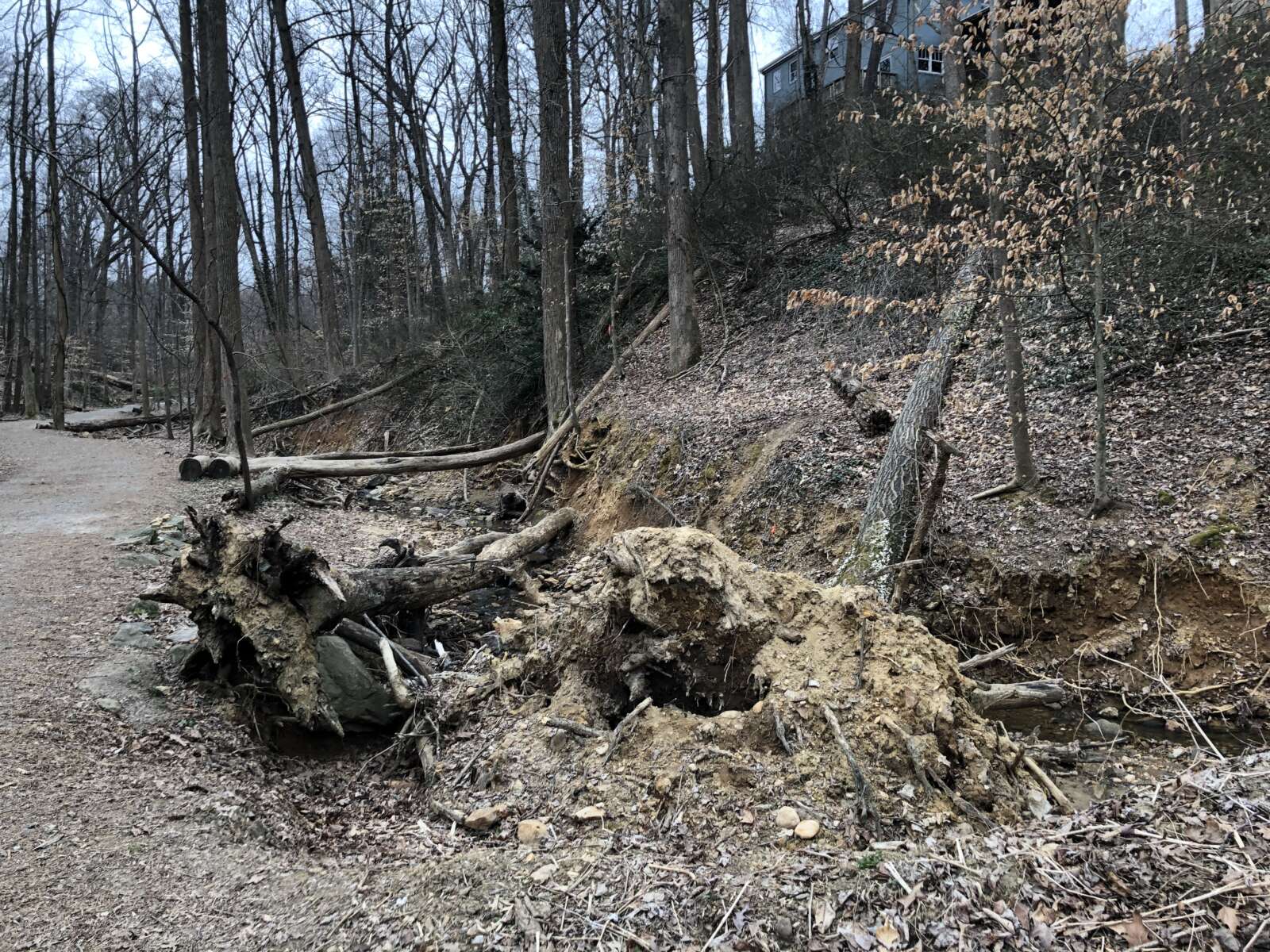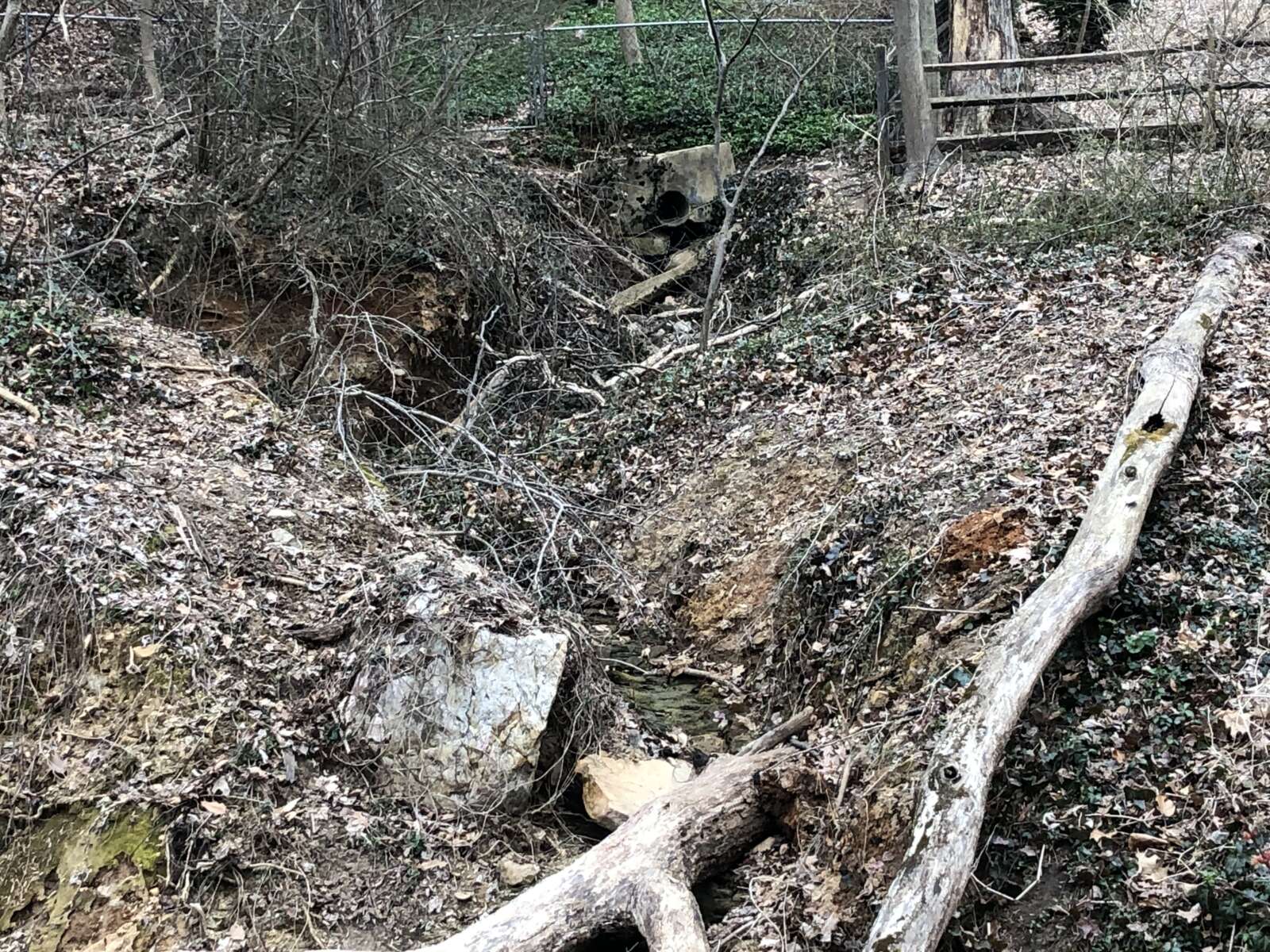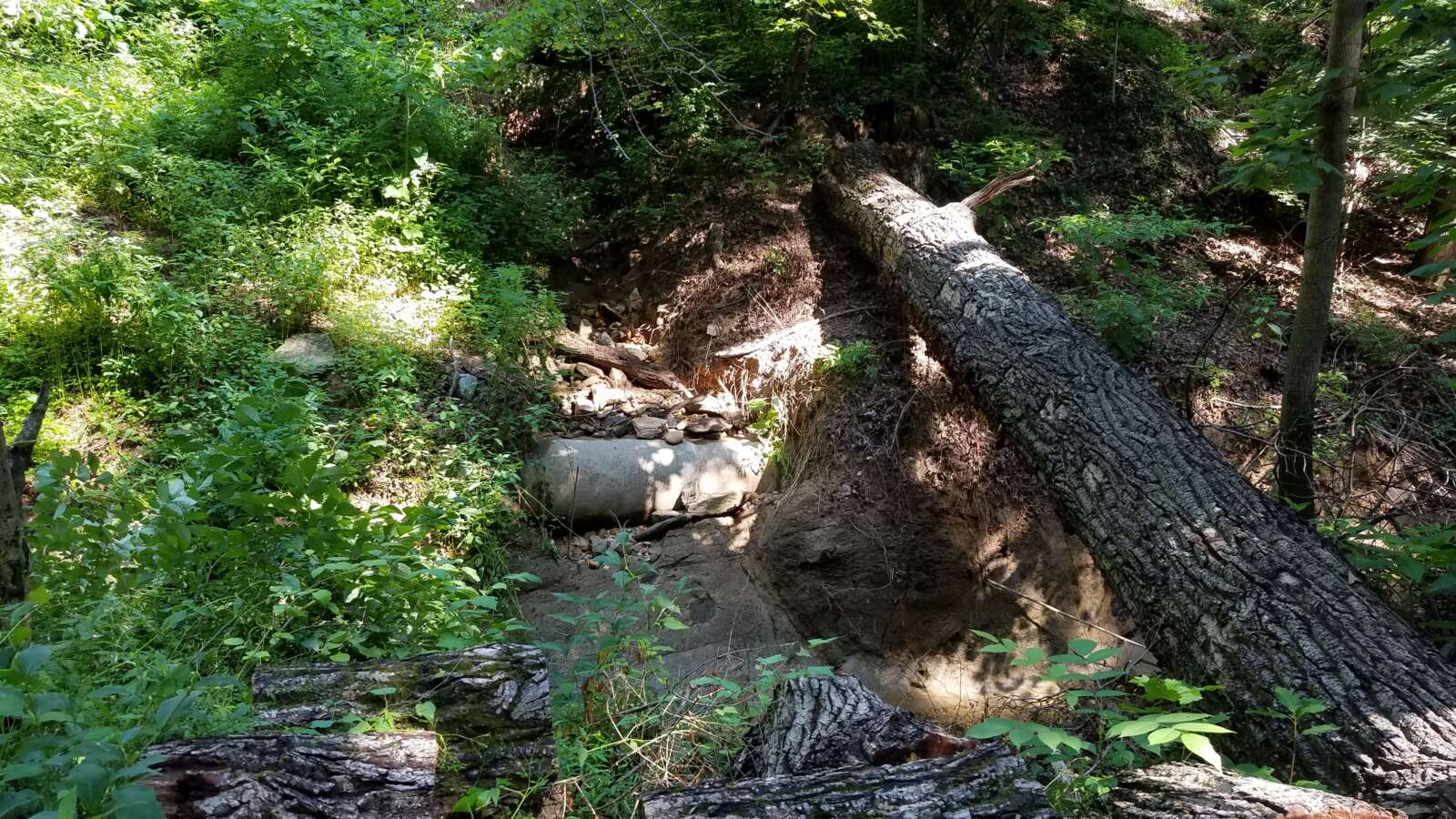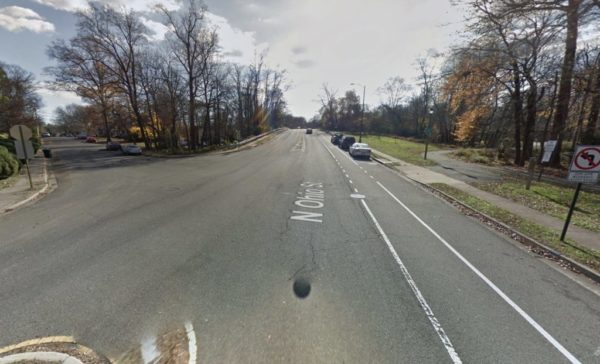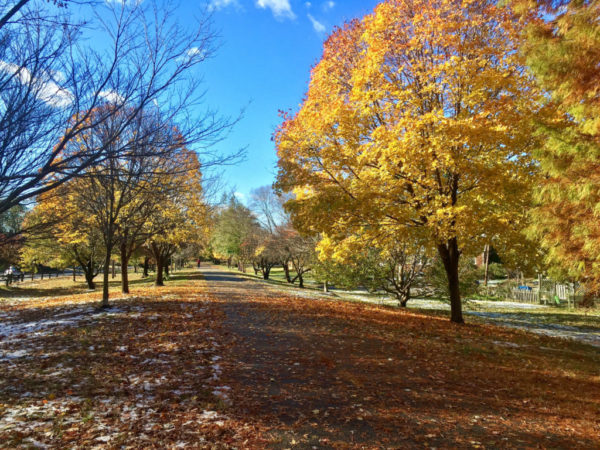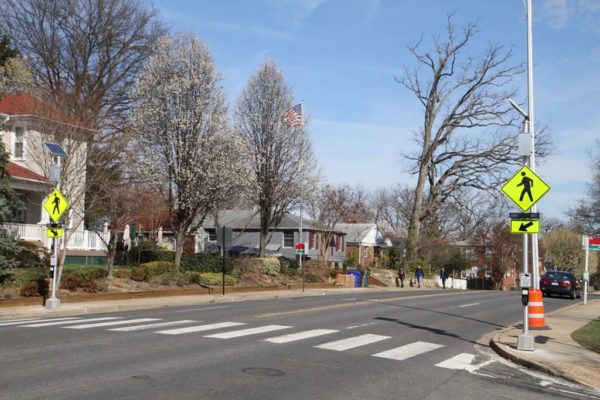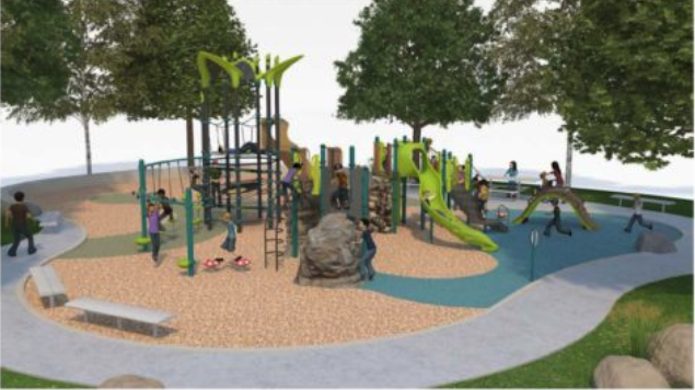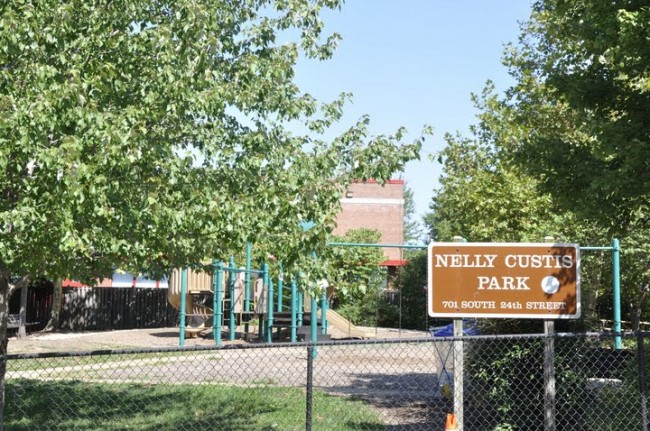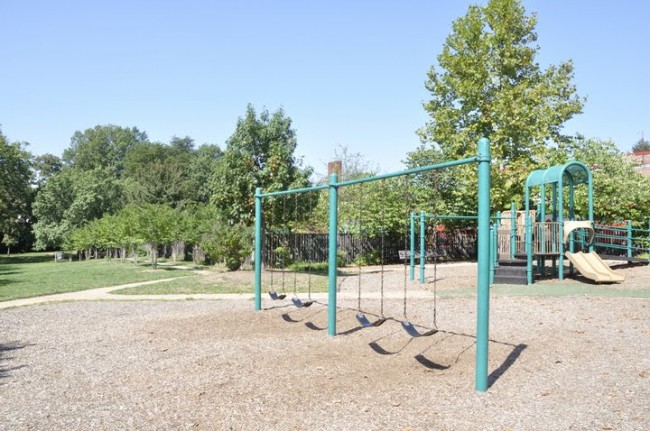(Updated at 1:25 p.m.) An Arlington County program for neighborhood improvements may be trending towards smaller-scale projects.
After getting a new name and developing new equity criteria, the Arlington Neighborhood Program is taking more steps to reimagine how it supports community projects identified by residents.
A new survey is being conducted — it’s open through next Wednesday, April 5 — asking residents what kinds of projects they would like to see the Arlington Neighborhoods Program, formerly the Arlington Neighborhood Conservation Program, approve.
So far, the most popular responses, such as pollinator gardens and murals, depart significantly from the lighting and sidewalk updates and park construction projects that typically secure county approval.
“Work with churches to reforest their large grounds, which are now typically in lawn grass,” one person said.
“Bird and bat boxes!” suggested another. “Bats eat mosquitoes and finding some places to put bat boxes would benefit the overall population.”
Another popular suggestion included drop-off points for canned food and other basics in partnership with restaurants, supermarkets, food banks, shelters and faith-based groups.
Possibly dovetailing off the humorous bulletin board in Penrose Park, one user suggested more neighborhood bulletin boards for posting announcements, offers to share surplus garden produce and other free stuff. Others suggested more shade and water features in parks for hot days, community murals and sidewalk art.
Some suggested larger-scale safety improvement projects, such as traffic calming measures, pedestrian bridges over Route 50 and better walking conditions, including more trees and smoother sidewalks, between Columbia Pike and Pentagon City.
The pivot is one fruit of soul-searching by a work group, which began in 2019, to figure out how the program could better serve residents, resulting in a report published in 2021.
At the time, ANP was supporting fewer, more expensive projects, which were causing participation rates to decline. The Fort Ethan Allen interpretive project, pictured above, cost nearly $500,000, and the four most recently approved projects, including street lights and new sidewalks, cost between $268,700-$985,000.
“The Program spent four times more in the last ten years than it did in the 1990s, yet it produced fewer than half the number of projects due to substantially higher median project costs,” the report said, noting that funding for the program has not kept up with the increased cost of delivering infrastructure.
It also faced accusations of inefficiency and bias toward wealthier, predominantly white neighborhoods.
“This disparity exists despite very few projects proposed from several neighborhoods in the northernmost reaches of the County with predominantly White households and where a few of these neighborhoods do not participate,” the report says. (more…)


